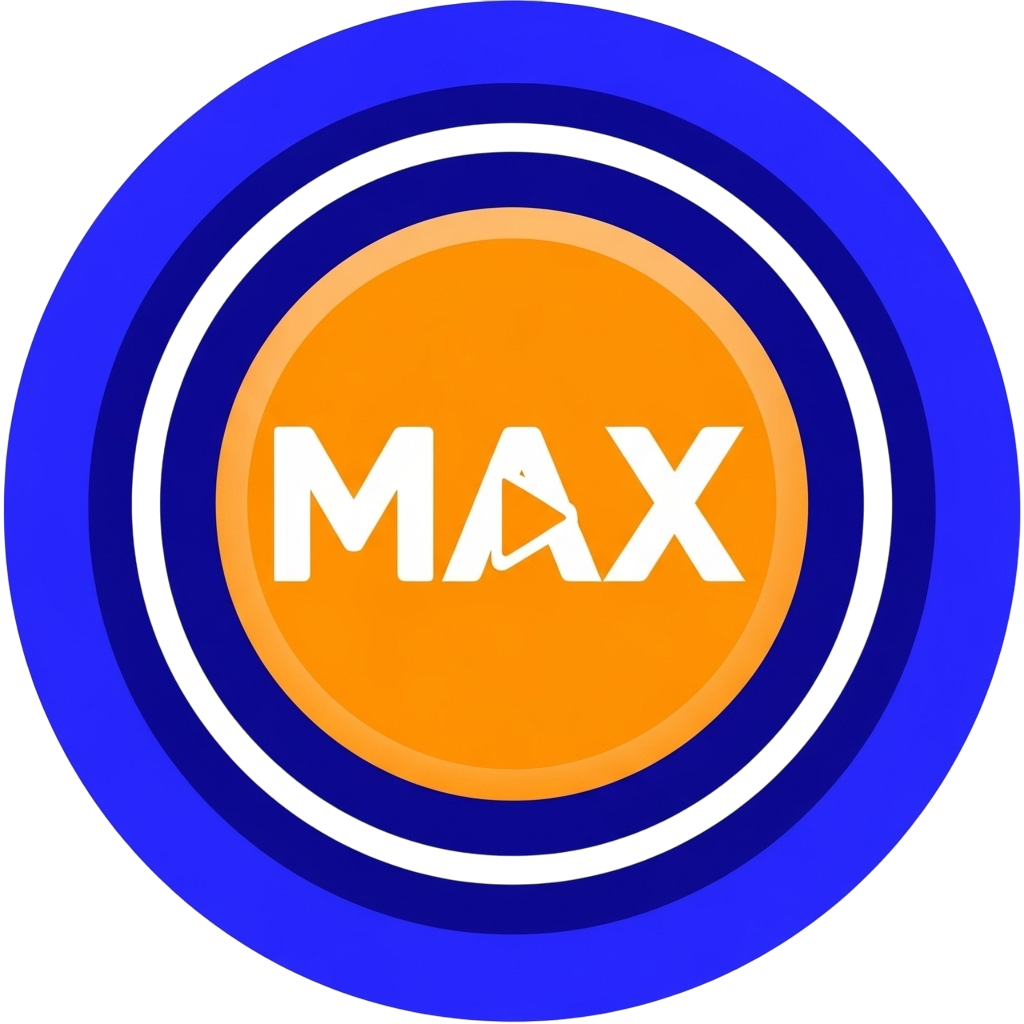The
Flashback Soundboard is one of the internet’s most iconic collections of audio clips, primarily centered around a single, unmistakable sound effect that instantly signals a sudden, intense memory. This sound is a jarring, sharp, two-note electronic screech or siren, often accompanied by a dramatic orchestral swell. It has become famous not just as a sound effect, but as a crucial element in one of the most popular meme formats: the "Vietnam Flashback" or PTSD-style comedic moment, where a mundane event triggers a character's exaggerated, traumatic recollection. On soundboardmax.com, this soundboard brings that dramatic emphasis right to your fingertips.
Tracing the Iconic Flashback Sound to its Cinematic Roots
Where Does the Iconic Flashback Sound Effect Really Come From?
To understand the Flashback Sound Effect, you must know the true origin of its main attraction. The famous two-note siren is an excerpt from the theme music of the 1967-1975 American television series, 'Ironside'. This classic theme was composed by the legendary musician Quincy Jones.
While the sound was initially heard decades ago, its lasting fame and use as a literal "flashback" cue are thanks to director Quentin Tarantino. He prominently featured the sound in his 2003 martial arts film, 'Kill Bill: Vol. 1', where it was used as a tense sound cue to signal that the character O-Ren Ishii was about to be attacked. This powerful, jarring cinematic use cemented its association with sudden, high-stakes recollections, making it instantly recognizable to a global audience.
How the Flashback Soundboard Went Viral in Pop Culture
The sound's popularity surged following the release of Kill Bill in 2003, but its true viral status as a meme component exploded years later on platforms like YouTube and TikTok. Its application shifted from serious cinema to internet comedy, where users began pairing it with the "Vietnam War Flashback" meme format. This format humorously exaggerates the dramatic cinematic trope of a veteran's PTSD episode, applying the sound and visual cues (like a character staring blankly into the middle distance) to completely trivial or non-traumatic experiences, such as a reminder of a forgotten chore or an embarrassing childhood moment.
Master the Meme: When to Drop the Flashback Sound
The beauty of the Flashback Soundboard lies in its versatility and power to create instant emphasis. New users looking to create viral content can use it effectively in situations that meet the following criteria:
- Sudden Realization: A character suddenly realizes they made a huge mistake.
- Triggered Memory: A seemingly harmless word or object triggers an exaggerated, "traumatic" memory (e.g., a friend mentions a certain brand of snack food and the sound cues a flashback to a chaotic school cafeteria experience).
- Dramatic Irony: Use the sound to contrast a minor inconvenience with the gravitas of a major cinematic moment.
Final Thoughts on an Unforgettable Meme Sound
The Flashback Soundboard is a perfect example of how film history merges with internet culture to create something universally recognizable and hilarious. From Quincy Jones's 1960s television theme to Quentin Tarantino’s 2003 cult classic, this sound has earned its status as an iconic audio cue.
Ready to find the perfect sound for your next video? Don't stop at the Flashback Soundboard! Explore our full range of dramatic and viral effects, from high-stakes tension sounds to the ultimate
Car Crash Soundboard. Start creating today!
